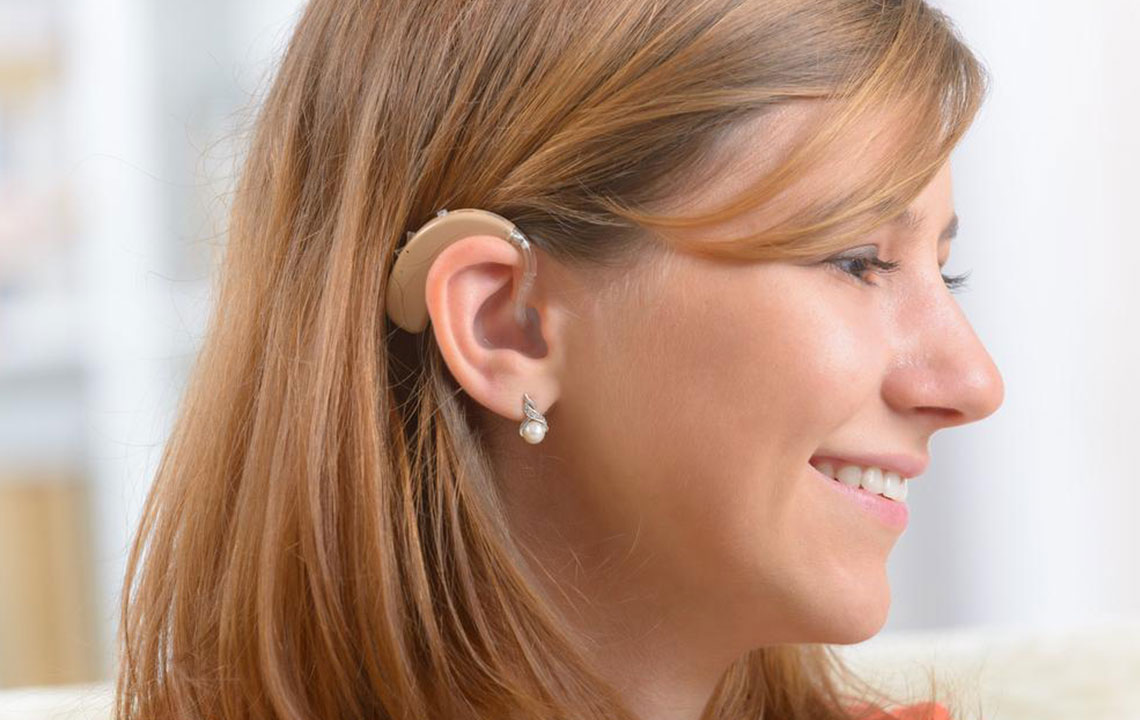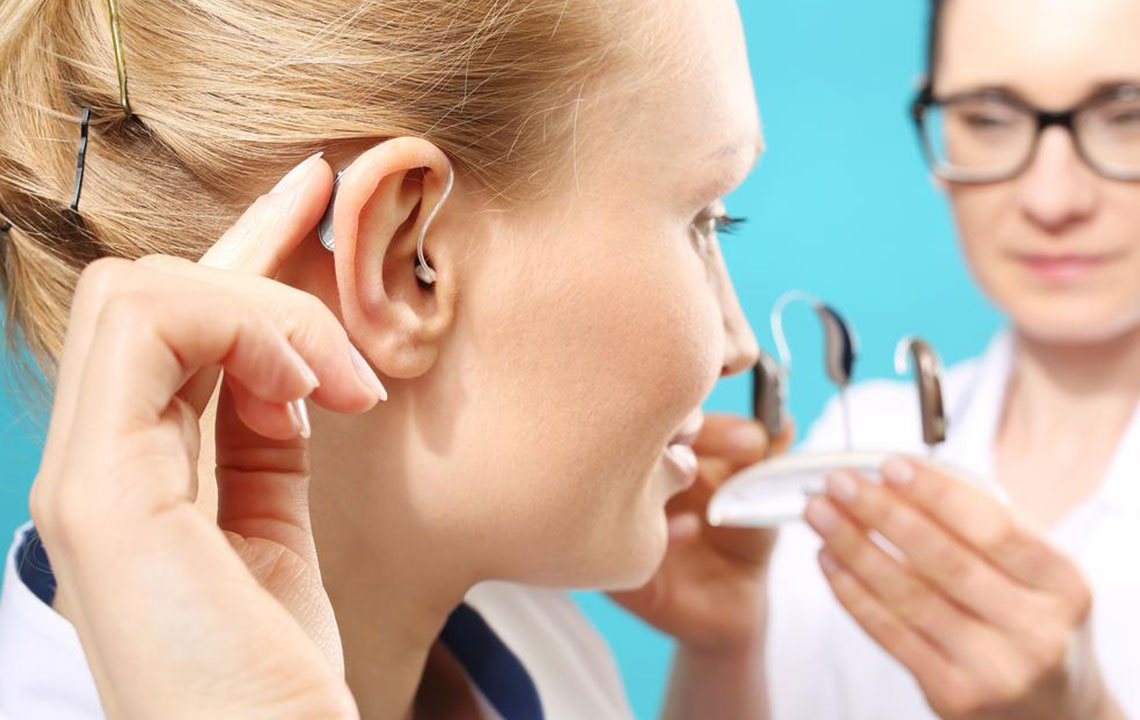Comprehensive Guide to the 6 Most Effective Hearing Devices for Improved Hearing Clarity
Discover the comprehensive guide to the top 6 hearing devices designed to enhance hearing clarity. From discreet IIC models to versatile BTE aids, learn about their features, benefits, and suitability for different hearing needs. Consult with professionals to choose the best device and improve your hearing experience today.

A Complete Overview of the Top 6 Hearing Devices for Enhanced Hearing Experience
Choosing the appropriate hearing aid can be a complex process due to the vast array of options available in today's market. With technological advancements and numerous models, it can be daunting to determine which device best suits your specific hearing needs. To ensure you make an informed decision, it is highly recommended to undergo a professional hearing evaluation conducted by an audiologist or ear, nose, and throat (ENT) specialist. These experts assess your individual hearing profile to recommend the most suitable devices tailored to your lifestyle, degree of hearing loss, and personal preferences.
Hearing aids come in various types, each designed to cater to different levels of hearing impairment and personal aesthetics. Understanding the features, advantages, and limitations of each type can guide you toward selecting the most effective device for your situation. Here are the six primary types of hearing aids you should know about:
Invisible-In-The-Canal (IIC): The IIC hearing aid is known for its discreet design. Crafted to fit deeply within the ear canal, it is virtually invisible to others, making it an ideal choice for users seeking a subtle solution. This device is primarily suitable for individuals experiencing mild to moderate hearing loss. Its small size does not compromise performance, thanks to advanced sound technology like SoundLens synergy, which ensures clear audio delivery. The IIC is particularly beneficial for those who prefer minimal visibility and do not require frequent handling or adjustments.
Incorporating cutting-edge features such as SoundLens synergy technology, the IIC provides exceptional sound quality while maintaining an unobtrusive profile. Following the IIC, the next popular models include:
Completely-In-The-Canal (CIC): CIC hearing aids are partially placed inside the ear canal with only a small handle or button visible outside, facilitating easy removal. Designed mainly for mild to moderate hearing loss, CIC devices are less conspicuous than larger models. Their custom fit ensures comfort and secure placement, providing users with natural sound perception and reduced wind noise. The smaller size means less interference with glasses or facial movements, making it suitable for everyday wear.
In-The-Canal (ITC): Slightly larger than CIC aids, ITC devices are custom-manufactured based on detailed ear impressions. They are tailored to fit comfortably within the ear, offering a good balance between discretion and functionality. ITC aids often include user-friendly push controls and are lightweight, making them suitable for users with moderate to severe hearing loss. Their design allows for easy handling and adjustment while delivering effective amplification.
Moving further, the following options provide additional customization and performance benefits:
In-The-Ear (ITE): These are custom-made devices that fill either part or the entire outer ear bowl, designed based on precise ear impressions. Ranging from micro-sized units to full-shell models, ITE hearing aids can accommodate a broader range of hearing loss levels. They often feature manual controls, directional microphones, and telecoils, offering versatile functionalities for various environments.
Receiver-In-Canal (RIC): RIC devices are worn behind the ear, with a thin wire or tube connecting to a receiver housed inside the ear canal. This design maximizes comfort and delivers clearer sound quality, often with wireless connectivity options such as Bluetooth. RIC models are popular among users seeking a balance between discreetness and high-tech features, making them suitable for a wide array of hearing impairments.
Behind-The-Ear (BTE): BTE hearing aids sit behind the ear and connect to a custom ear mold or the ear canal directly. Suitable for all degrees of hearing loss, from mild to profound, BTE models are known for their durability and versatility. Many BTE devices come equipped with multiple microphones, noise reduction features, and directional processing, making them ideal for challenging listening environments like busy social gatherings or noisy workplaces.
In conclusion, selecting the right hearing aid involves understanding the specific features and benefits of each type. It’s essential to work closely with a qualified audiologist who can assess your hearing needs and recommend a device tailored to your lifestyle. Proper fitting, professional guidance, and regular maintenance are crucial to ensure optimal performance and long-term satisfaction. With the right device, you can significantly improve your hearing ability, participate more fully in everyday activities, and enhance your overall quality of life.





